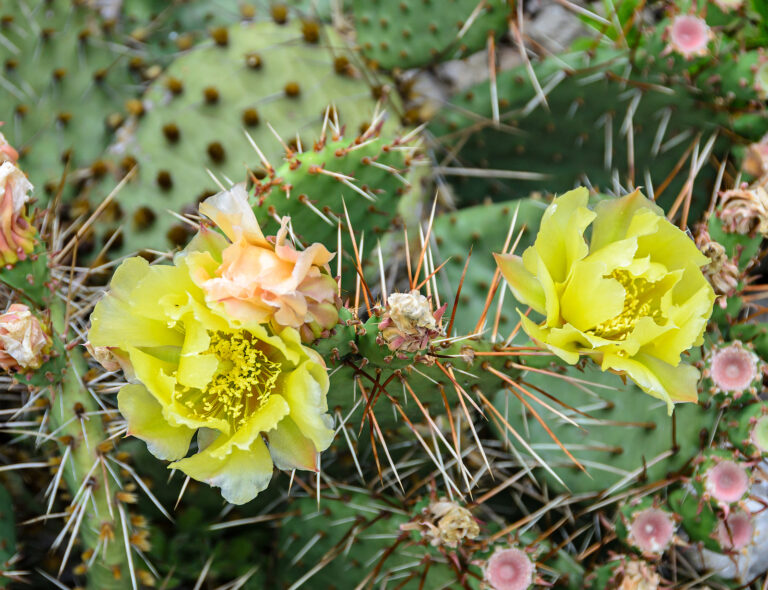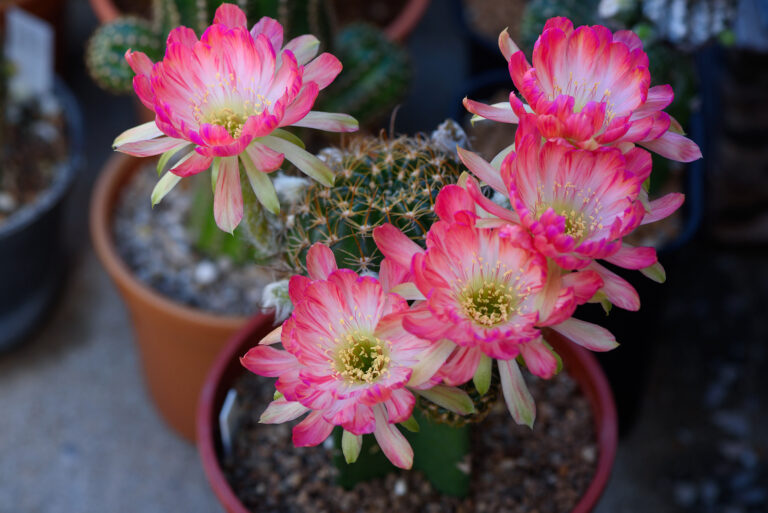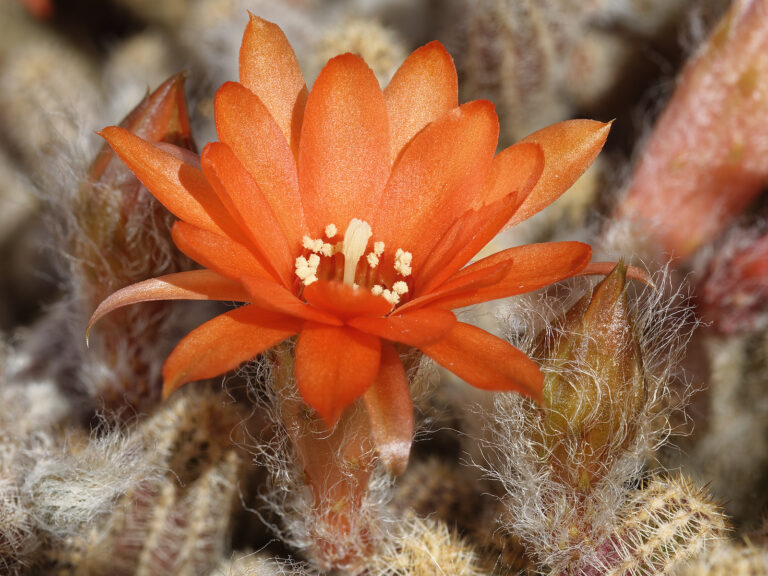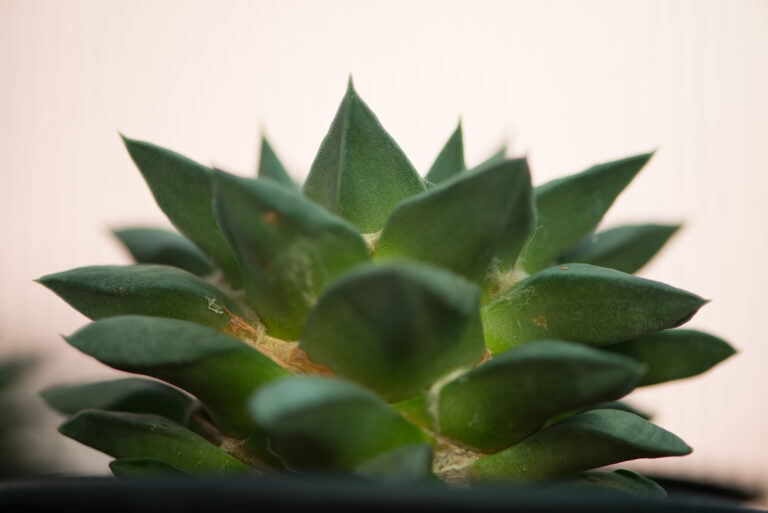10 Cacti to Grow Indoors
Growing and enjoying cacti indoors offers both a rewarding experience and a touch of the desert in your home. To get started, choose the right cactus for your space. Varieties like the Golden Barrel, Bunny Ear, or Fairy Castle cactus are excellent options for indoor growing due to their compact size and striking forms. When selecting a spot, prioritize bright light, as cacti need at least 4 to 6 hours of sunlight per day to thrive. A sunny windowsill or a location near a south-facing window is ideal. If natural light is scarce, you can supplement with grow lights to mimic the sun’s rays. Be mindful to rotate your cacti occasionally so they receive even sunlight exposure, preventing any leaning or uneven growth.
Watering your indoor cacti is a key aspect of care, but one that requires a gentle hand. Cacti are drought-tolerant plants, and overwatering is one of the most common mistakes beginners make. The soil should be completely dry between watering sessions, which could mean watering every 2 to 4 weeks, depending on the indoor environment and the season. In the winter months, when the cactus enters dormancy, water even less frequently. Always use well-draining soil, like a mix designed specifically for cacti or succulents, to prevent water from sitting at the roots. A pot with drainage holes is essential, as it allows excess moisture to escape and reduces the risk of root rot.
One of the greatest joys of indoor cacti is their long lifespan and ability to thrive with minimal maintenance. With the right care, some cacti may even produce beautiful flowers, adding bursts of color to your home. In addition to their low-maintenance nature, cacti are excellent decor pieces, offering unique shapes and textures that can enhance any room. Whether it’s the soft, fluffy spines of the Old Lady Cactus or the colorful, sculptural tops of the Moon Cactus, these plants add personality to your space. Plus, they’re perfect for those who enjoy indoor gardening without the hassle of frequent watering or pruning. Watching your cactus grow and possibly bloom over time is a testament to their resilience and charm.
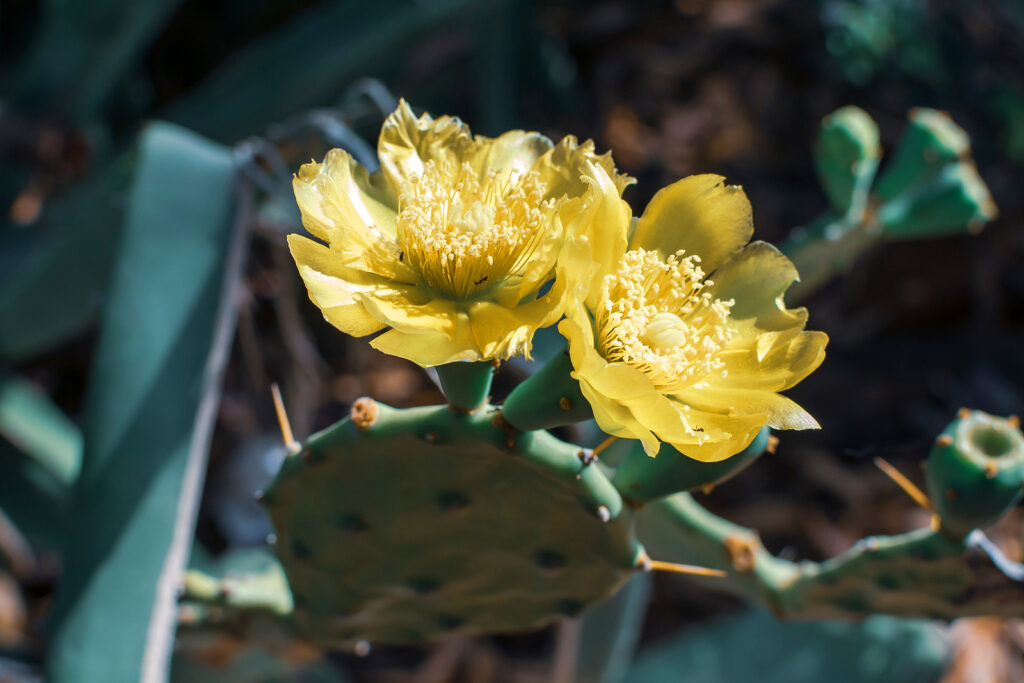
Ten Cacti to Grow Indoors
Here are 10 of the best cacti to grow indoors, each with its own unique characteristics and charm:
1. Bunny Ear Cactus (Opuntia microdasys)
- Description: This playful cactus has flat, oval-shaped pads covered in tiny, soft, hair-like spines called “glochids,” resembling bunny ears. It’s compact, making it a great indoor choice.
- Care: Thrives in bright light and requires infrequent watering. Be careful when handling due to the irritating glochids. Read more>
2. Christmas Cactus (Schlumbergera bridgesii)
- Description: This unique cactus blooms vibrant red, pink, or white flowers in the winter, usually around Christmas, hence its name. It has a segmented, leaf-like structure rather than the typical spiny cactus appearance.
- Care: Prefers indirect light and regular watering during the growing season. Keep it slightly more humid than desert cacti. Read more>
3. Golden Barrel Cactus (Echinocactus grusonii)
- Description: A classic cactus with a rounded, barrel shape covered in golden-yellow spines. Its spherical form makes it a stunning focal point.
- Care: Needs full sun and minimal water, typical of desert cacti. It’s slow-growing but long-lived. Read more>
4. Fairy Castle Cactus (Acanthocereus tetragonus)
- Description: Named for its castle-like spires, this cactus has a vertical, columnar growth habit, with multiple stems of varying heights that look like turrets.
- Care: Thrives in bright light and needs infrequent watering. Its slow growth makes it an ideal indoor plant. Read more >
5. Easter Cactus (Rhipsalidopsis gaertneri)
- Description: Similar to the Christmas cactus, the Easter cactus blooms in spring with star-shaped flowers. It has flat, segmented leaves and is often mistaken for its holiday cousins.
- Care: Prefers indirect light and a bit more water than other cacti, especially during its blooming period. Read more >
6. Old Lady Cactus (Mammillaria hahniana)
- Description: This small, spherical cactus is covered in white, fuzzy spines that give it a soft appearance. It blooms with bright pink or purple flowers around its crown.
- Care: Loves bright, direct light and needs very little water. Allow the soil to dry out completely between watering. Read more>
7. Moon Cactus (Gymnocalycium mihanovichii)
- Description: Known for its vibrant, colorful tops (grafted onto a green base), this cactus comes in shades of red, yellow, and orange. It’s often small and compact.
- Care: Requires bright, indirect light and regular, moderate watering. Since it’s grafted, the base plant needs extra care. Read more>
8. Star Cactus (Astrophytum asterias)
- Description: A unique, flat, and round cactus resembling a star when viewed from above. It has smooth skin with white speckles and occasionally blooms yellow flowers with orange centers.
- Care: Prefers bright light and sandy, well-draining soil. Water only when the soil is completely dry. Read more>
9. Ladyfinger Cactus (Mammillaria elongata)
- Description: This cactus features clusters of long, thin, finger-like stems covered in golden or white spines. It forms dense clusters, making it an attractive addition to any collection.
- Care: Thrives in bright light with minimal watering. It’s drought-tolerant and easy to maintain indoors. Read more>
10. Chin Cactus (Gymnocalycium)
- Description: Known for its rounded shape with distinct ribs and vibrant flowers that can range from pink to red or even white. It’s a small, easy-to-care-for species.
- Care: Prefers indirect light and occasional watering. It’s well-suited for windowsills and indoor growing spaces.
These cacti are great choices for indoor gardening because of their unique appearances, relatively low-maintenance needs, and ability to thrive in indoor environments. They add a variety of shapes, textures, and colors to any indoor plant collection.

10 Tips for Growing Cacti Indoors
Growing cacti indoors can be a rewarding experience, as these resilient plants add unique aesthetics and are relatively low-maintenance. Here are some of the best tips to ensure your indoor cacti thrive:
1. Provide Plenty of Light
- Cacti need bright, indirect sunlight. Place them near a south-facing window or a location that receives 4-6 hours of sunlight per day.
- If natural light is limited, consider using a grow light to supplement.
2. Use Well-Draining Soil
- Cacti require well-draining soil to prevent root rot. Use a specialized cactus or succulent potting mix, or make your own by mixing regular potting soil with sand, perlite, or pumice for better drainage.
3. Choose the Right Pot
- Use a pot with drainage holes to allow excess water to escape. Terra cotta pots work well as they allow the soil to dry out more quickly, reducing the risk of overwatering.
4. Water Sparingly
- Water cacti only when the soil is completely dry. This typically means every 2-4 weeks, depending on the season and indoor humidity levels.
- In the winter, reduce watering even more, as most cacti enter a dormant period.
5. Monitor Humidity Levels
- Cacti prefer a dry environment. Ensure humidity levels are low, especially during colder months, by placing them away from humid rooms like kitchens or bathrooms.
6. Rotate Regularly
- Rotate the pot occasionally so all sides of the cactus receive even light. This prevents uneven growth or leaning toward the light source.
7. Fertilize Sparingly
- During the growing season (spring and summer), feed your cacti with a diluted, balanced fertilizer (such as a 10-10-10 formula) or a cactus-specific fertilizer every 4-6 weeks.
- Stop feeding during the fall and winter when the plant is dormant.
8. Avoid Cold Drafts
- Cacti are sensitive to extreme cold and drafts. Keep them away from windowsills where temperatures may drop too low, especially during the winter months.
9. Repot When Necessary
- Repot your cactus every 2-3 years to refresh the soil and provide more room for root growth. Be sure to use gloves or tongs to handle spiky varieties carefully.
10. Watch for Pests
- Indoors, cacti can occasionally suffer from pests like mealybugs or spider mites. Inspect your plants regularly, and treat infestations with insecticidal soap or neem oil if necessary.
By following these guidelines, your indoor cacti should thrive and add a touch of the desert to your living space!
Related articles:


